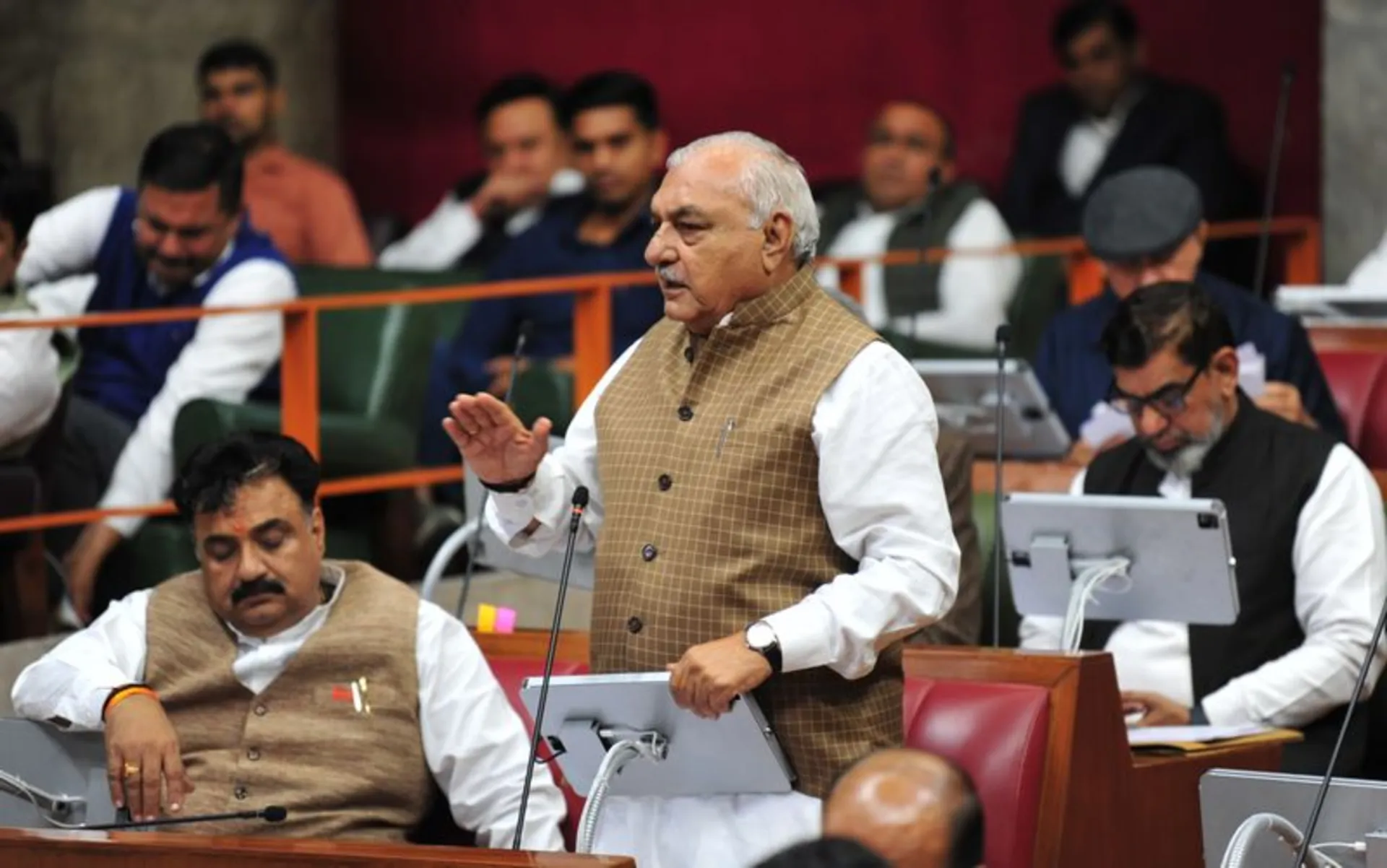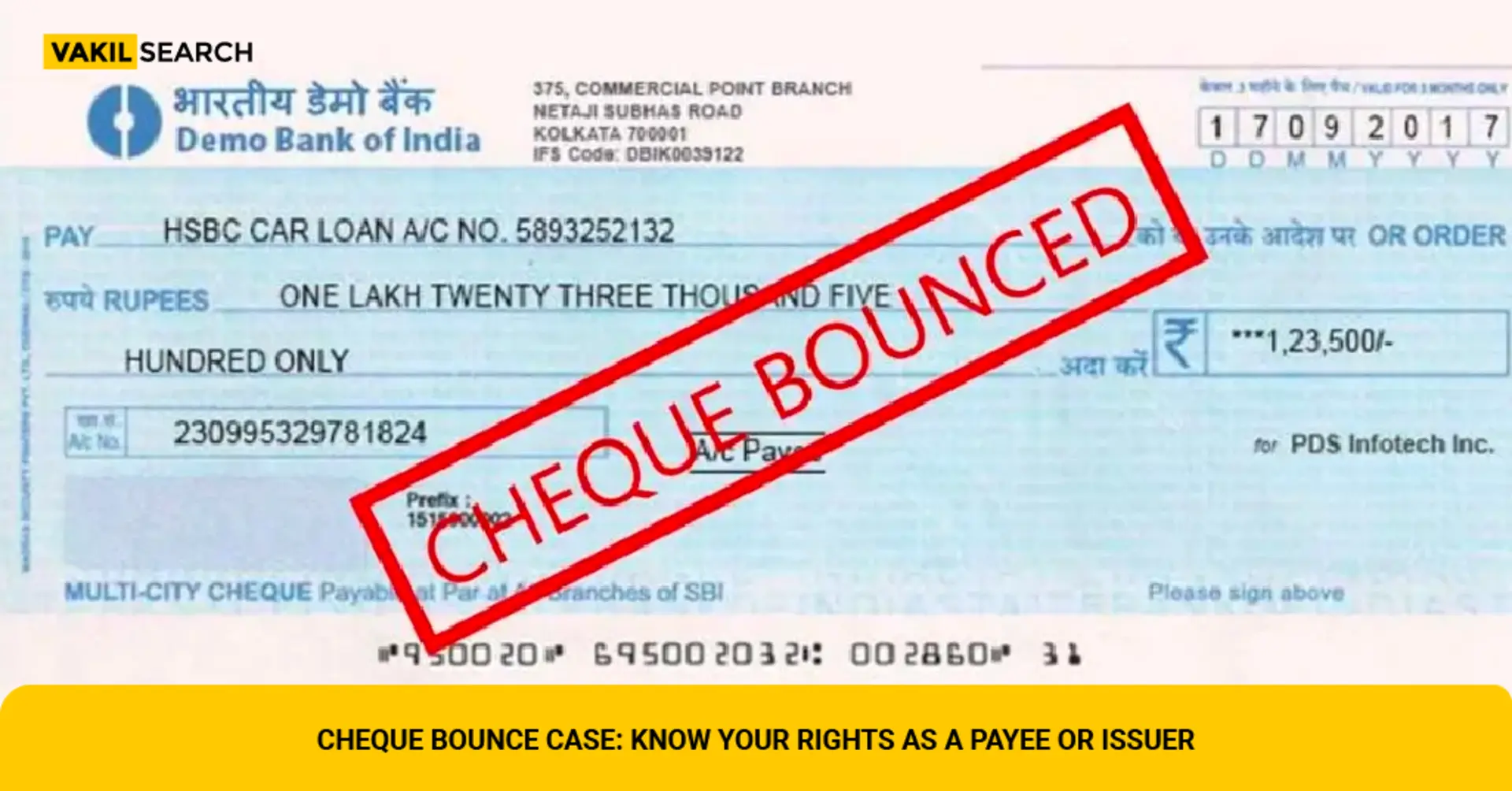
The political landscape of Haryana has been shaken up by a significant development as Nayan Pal Rawat, an independent MLA from the Prithla constituency, has decided to withdraw his support from the Bharatiya Janata Party (BJP) government. This unexpected move has sent ripples through the state's political circles and threatens to upset the delicate balance of power in the Haryana Assembly.
Rawat, who had been a crucial supporter of the BJP-led government, is expected to formalize his decision in a press conference scheduled for tomorrow. Sources close to the MLA indicate that his choice stems from growing dissatisfaction with the government's performance and perceived lack of cooperation, despite his unwavering support.
Numbers Game: BJP's Majority at Risk
The withdrawal of Rawat's support has significant implications for the BJP's position in the Haryana Assembly. In the 90-member house, the magic number for a majority currently stands at 44. With Rawat's exit, the BJP's support base has diminished to 42, which includes 41 of its own MLAs and one from its ally, the Haryana Lokhit Party.
This setback isn't isolated. It follows the earlier withdrawal of support by three other independent MLAs - Sombir Sangwan, Randhir Golan, and Dharampal Gondar - who have since aligned themselves with the Congress party. These successive blows have pushed the BJP government to a precarious position, just shy of the majority mark.
Opposition Gains Ground
The opposition camp in Haryana is keenly observing these developments. The Congress currently holds 29 seats, while the Jannayak Janta Party (JJP) has 10 MLAs. With one MLA from the Indian National Lok Dal (INLD) and now potentially five independent MLAs (including Rawat), the opposition's numbers could reach 45, surpassing the majority threshold.
However, the situation remains fluid due to pending anti-defection petitions against two JJP MLAs and one Congress MLA. The resolution of these petitions could further alter the assembly's composition and power dynamics.
Elections on the Horizon
While these political maneuvers have created significant buzz, it's important to note that Haryana is scheduled for assembly elections in October-November this year. The BJP government, under Chief Minister Nayab Singh Saini, had proven its majority on March 13, which provides a six-month buffer against no-confidence motions.
Given the proximity of the upcoming elections, the immediate threat to the government's stability may be limited. However, these developments are likely to have a substantial impact on the political narrative and campaign strategies of various parties as they prepare for the polls. As Haryana's political chessboard continues to evolve, all eyes will be on Nayan Pal Rawat's press conference and the subsequent reactions from both the ruling and opposition camps. The coming days and weeks promise to be crucial in shaping the state's political future, with potential alliances and realignments on the horizon.















